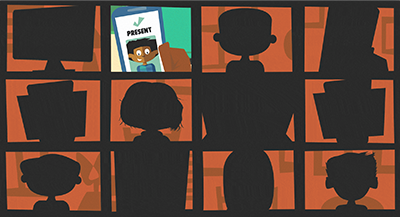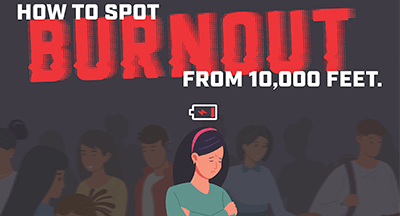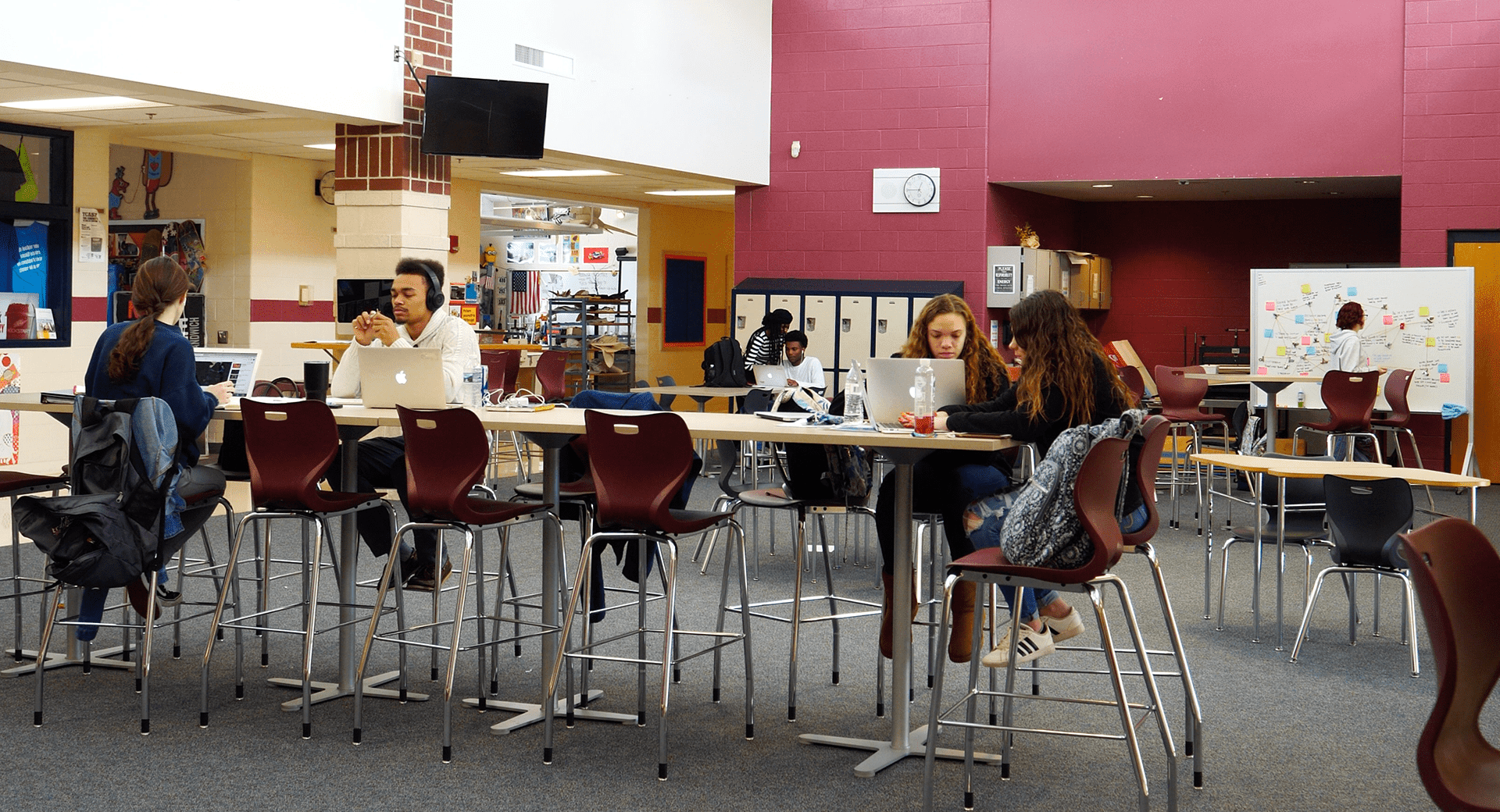
Editor's note: This post was contributed to Advancing K12 by Ryan Billet, assistant to the superintendent of Central York School District in Pennsylvania.
What is Mass Customized Learning (MCL)? In Central York, we believe it represents the future of public education.
For us, it all started with a book. About six years ago, our superintendent, Dr. Snell, read Inevitable by Charles Schwahn and Bea McGarvey. It made such an impression on him that he shared it with our entire leadership team. It took us almost a year to digest it and realize what the message was, but when we did, it changed almost all of us—our beliefs about public education and what it should be about.
The best analogy I have for people who aren’t familiar with the idea of customized learning is one I experienced while sitting at home watching my son play with LEGOs in his room. He was deconstructing cars and racing them, trying to make them faster with every iteration. One of his cars had huge tires in the back, the other was a little more traditional. They both got to the finish line, but in very different ways.
The endpoint for our learners is graduation, and we want them to get there in a way that makes the most sense for each individual. We want our learners to feel like they can add this part or take away that piece without losing sight of the destination.
One of the most difficult steps traveling this road was taking this very philosophical message and turning it into concrete action items for our district. We brainstormed to determine what the vision would look like in practice, what we needed to prepare our learners for the most, and what obstacles stood in the way. Those conversations marked the genesis of what would become a really incredible journey in the years that followed.
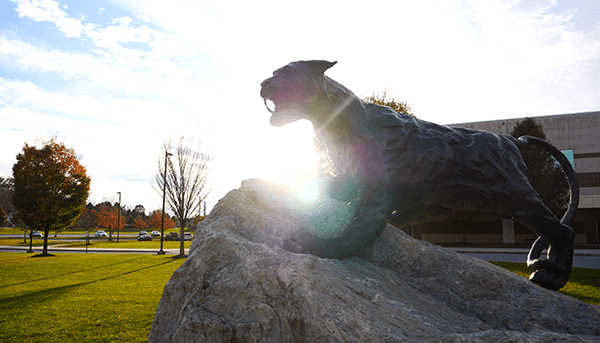
A leap of faith
Once we had some consensus on the vision, we went back to the literature, studying a lot of Will Richardson’s work in particular. Why School? comes to mind—it was a really short read, but it got us thinking “Ok, this is definitely the direction we want to go.”This wasn’t a small shift in mindset. We were completely reexamining how school has been “done” to kids for the last century. We sort them by manufacture date, line them up in rows, start a topic on Monday, assess by Friday, and move on to something new the next week.
The typical change model calls for about 5-7 years of lead time before real change can happen. We never felt like we had that kind of time. We were running the risk of becoming irrelevant. In the face of competition like we’ve never had before. It used to be “If you want to come to Central, move into the district.” Now, even when families move in, they have many options. We were losing several million dollars a year to kids who were choosing to go elsewhere. We needed to become the destination, and there was no time to waste.
Our “Ecosystem” was introduced as a means of laying our cards out on the table and saying, “This is who we are, this is where we’re going, and this is how we’re going to get there.”
The Ecosystem
The CYSD Ecosystem is a visual model of our learner’s journey. It has been the foundational layer from which all other things related to MCL have been built over the past three years.We took the focal point of the entire structure, the learner, and identified the “pods” that surround and support each student. Then, we did the same exercise for each of the individual pods. We held district-level committee meetings and invited building administrators, teachers, parents, and students to join us in defining our vision. We were meeting every single month.
Last year, we decided to get even more people engaged by instituting building-level involvement. Teachers and support staff serve on one of the committees within their building, while the district-level teams inform our comprehensive strategic plan. It’s a layered, tiered structure and everyone is involved.
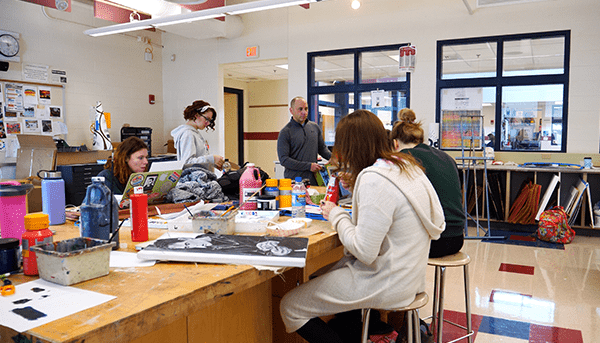
The importance of structures
I don’t know that I would have said this originally, but it has become apparent that the structures and the way your school system is set up are the most critical factors in moving a mass customized initiative forward.Vertical teaming—or combining three grade levels in one building—is one structure that supports MCL. These teams are located within close proximity to each other, they’re scheduled for lunch and common blocks together, and students move freely between rooms as needed. We see horizontal, vertical, and diagonal learning all happening at the same time. We’ve also added a fifth block to our 4x4 schedule, so kids can take an extra course and graduate early or flex their day and come in later.
We’ve repurposed underutilized spaces for collaboration, giving students the freedom to explore multimedia experiences together. We have a one-button studio where they can create projects. Our physical spaces are becoming more aligned with the ecosystem every year, and we
continue to look for ways to adapt and enhance them to support learning.
The importance of culture
We knew going in that we would have some failures along the way, but it was really important for us to celebrate risk-taking. We wanted to support our team in owning the vision and executing it in their schools and classrooms in a way that felt most comfortable for them. Bottom line: we wanted people to try things without fear of failure.Project Apollo is one of the best examples of a teacher-driven innovation that has become one of the most unique parts of our MCL experience. We had an English teacher, a social studies teacher, and an art teacher combine their disciplines into one three-hour, project-based block. Students are given themes to work from, and the deliverable is a panel presentation of the finished, interdisciplinary project. The course requires both independence and collaboration, and what it looks like is completely up to the student. Every project is linked (by the student) to thinking skills, soft skills, and Common Core and National Art standards.
Get a firsthand look at Project Apollo.
This kind of innovation doesn’t happen in a vacuum. It happens when leadership—in this case Dr. Snell—shares a vision and empowers the people within your district, at every level, to try new things, take risks, fail, learn and grow.
Dr. Snell had the courage to step out there and say, “Just because things are good doesn’t mean they can’t be better.” Then, he had the confidence to empower his team to lead the change from within.
The results
We are now at the point where we are seeing evidence of MCL in action each day in our district.When we look at some of our student portfolios and we see the quality projects they’re doing, or the internships within the community, we see success. Our business and community leaders often tell us that our graduates are highly skilled and marketable thanks to their Central education. We’d like to think that has something to do with the problem solving and critical thinking skills built into our entire MCL program.
We've had numerous families who have elected to pay tuition to come to our school district. These families are choosing to pay around $9,000 per year to come here instead. That’s almost unheard of in public schools. We also have kids leaving our cyber program to come back to Central (we’re down from 75 to 35 full-time students since launching our MCL initiative). Those kids are telling us that the reason they came back is because they can get the options they want now, and classes in our brick-and-mortar schools are meeting their needs better than they were before.
There’s a reason more than 200 school districts have visited us in the past two years, and it goes beyond the numbers. At the end of the day, the last checkbox for analyzing any ideal learning experience is, “Do I want to come to school the next day?” When kids are sitting around the dinner table talking about how exciting school was today and how they love picking their own schedules or learning at their own pace… That’s how you convince parents to believe in the approach.
Follow-up resource: Subscribe for more
Keep your finger on the pulse of cutting-edge education trends by entering your email address into the footer below. We'll share monthly updates from the intersection of technology, culture, and leadership.WHAT'S NEXT FOR YOUR EDTECH? The right combo of tools & support retains staff and serves students better. We'd love to help. Visit skyward.com/get-started to learn more.

|
Ryan Billet Assistant to the Superintendent, Central York School District, PA |

